Category: History
-
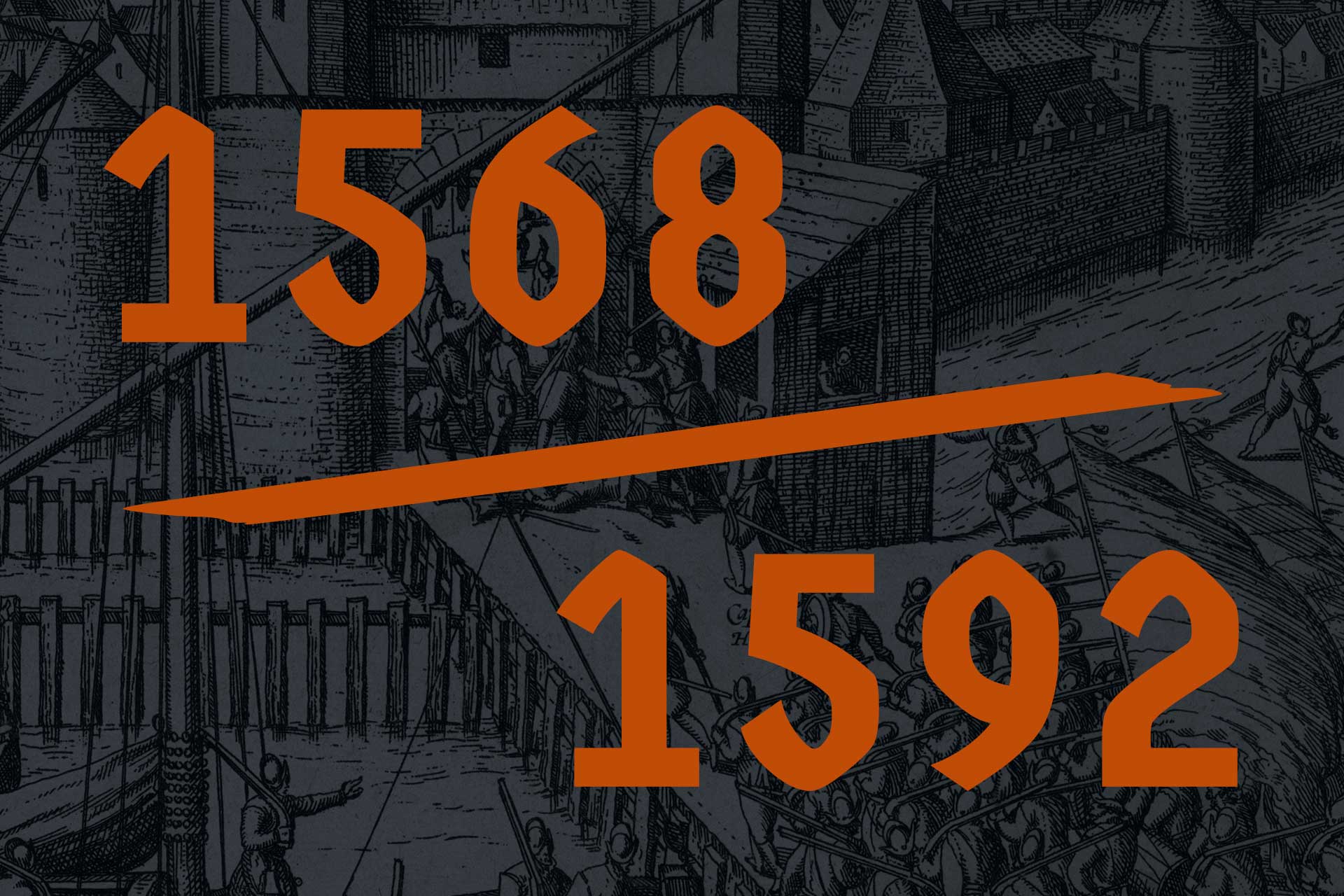
Timeline: 1568-1592
The Dutch Revolt had begun in earnest, and what began as a civil war evolved into a war for independence from Habsburg Spain by the northern provinces.
-
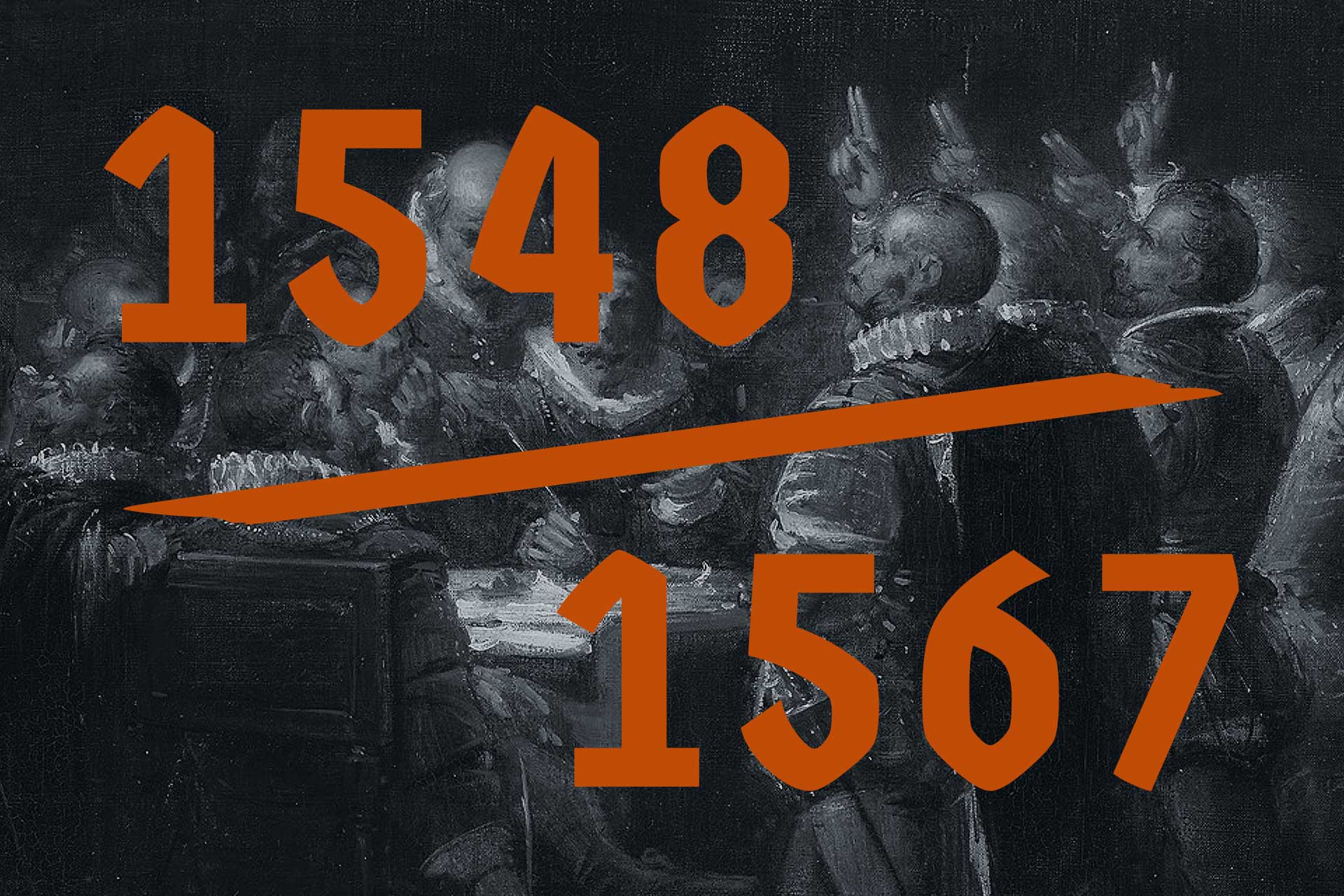
Timeline: 1548-1567
After decades of war and political maneuvering, Charles V united the Low Countries into the Seventeen Provinces in 1548. He’d later abdicate in favor of his son, Philip II, whose policies would stir the nobles and cities into open revolt by 1567.
-
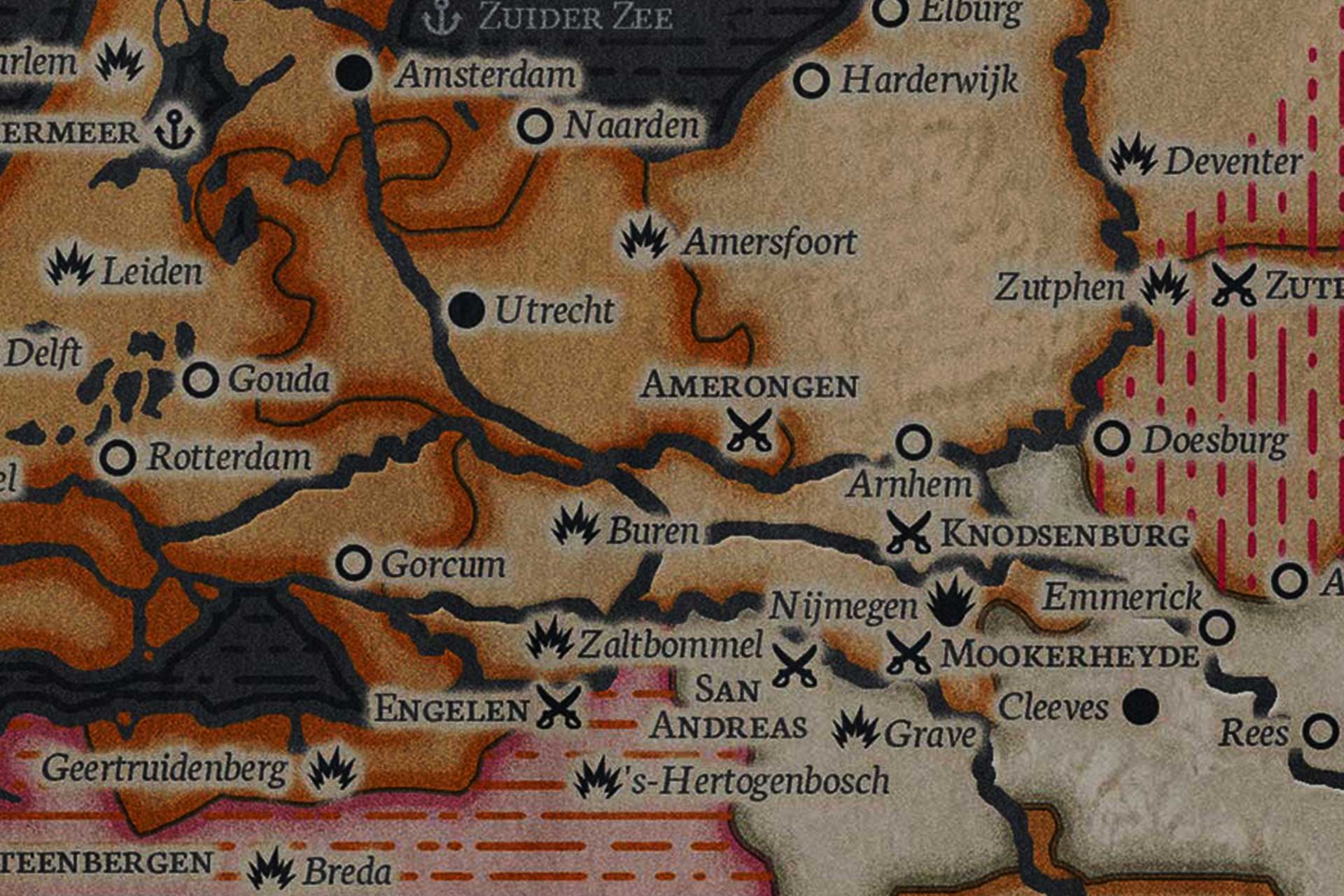
Map of the Cities & Battles of the Dutch Revolt
The Dutch Revolt ravaged the Low Countries: pitched battles were fought in the countryside, dozens of towns were besieged, and murderous pillaging plundered the countryside. Use this map to orient yourself to the locations of significant battles, cities, and towns. Also includes an inset map detailing post-Reformation religion in the northern provinces.
-
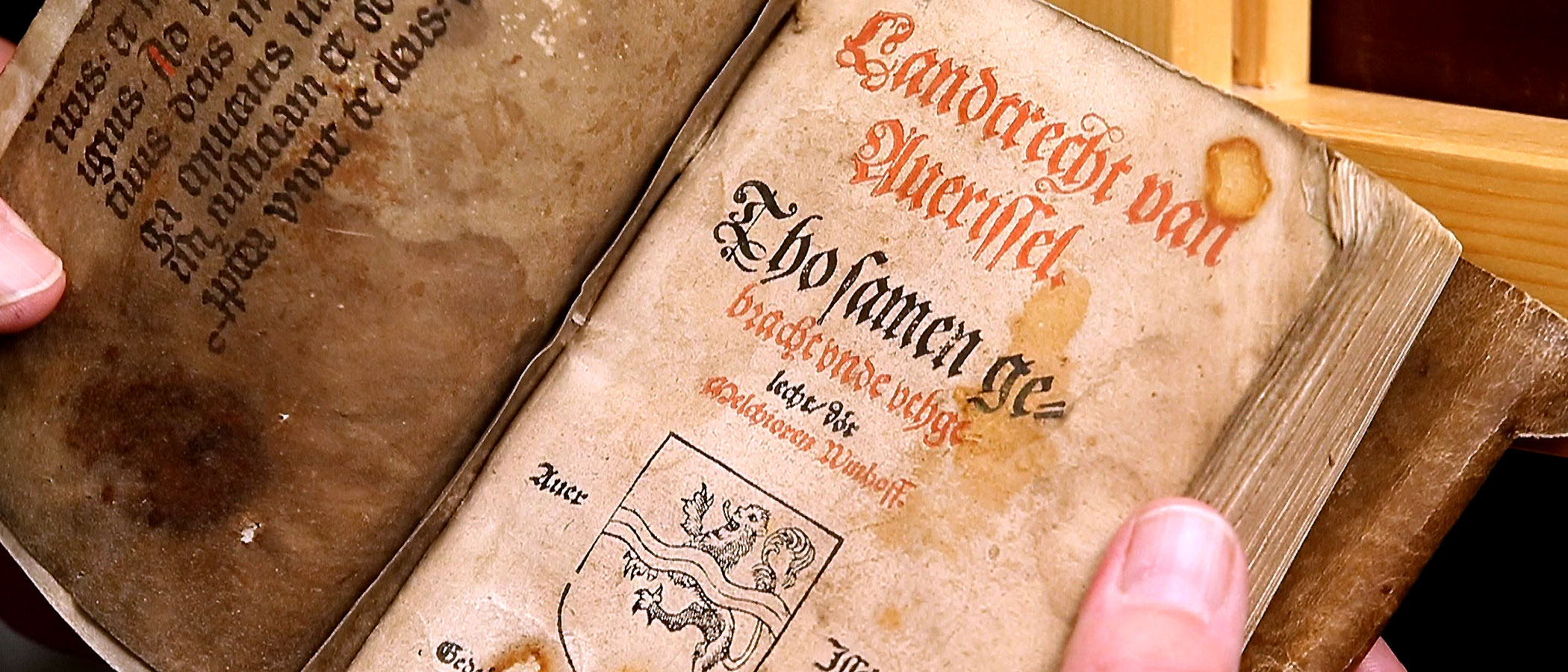
Melchior Winhoff’s Book of Laws, the Landtrecht van Averissel
When the government of Emperor Charles V called for all the provinces of the Low Countries to record and publish their regional laws, the newly-formed province of Overijssel was unready to do so. That’s when a local lawyer named Melchior Winhoff stepped up.
-
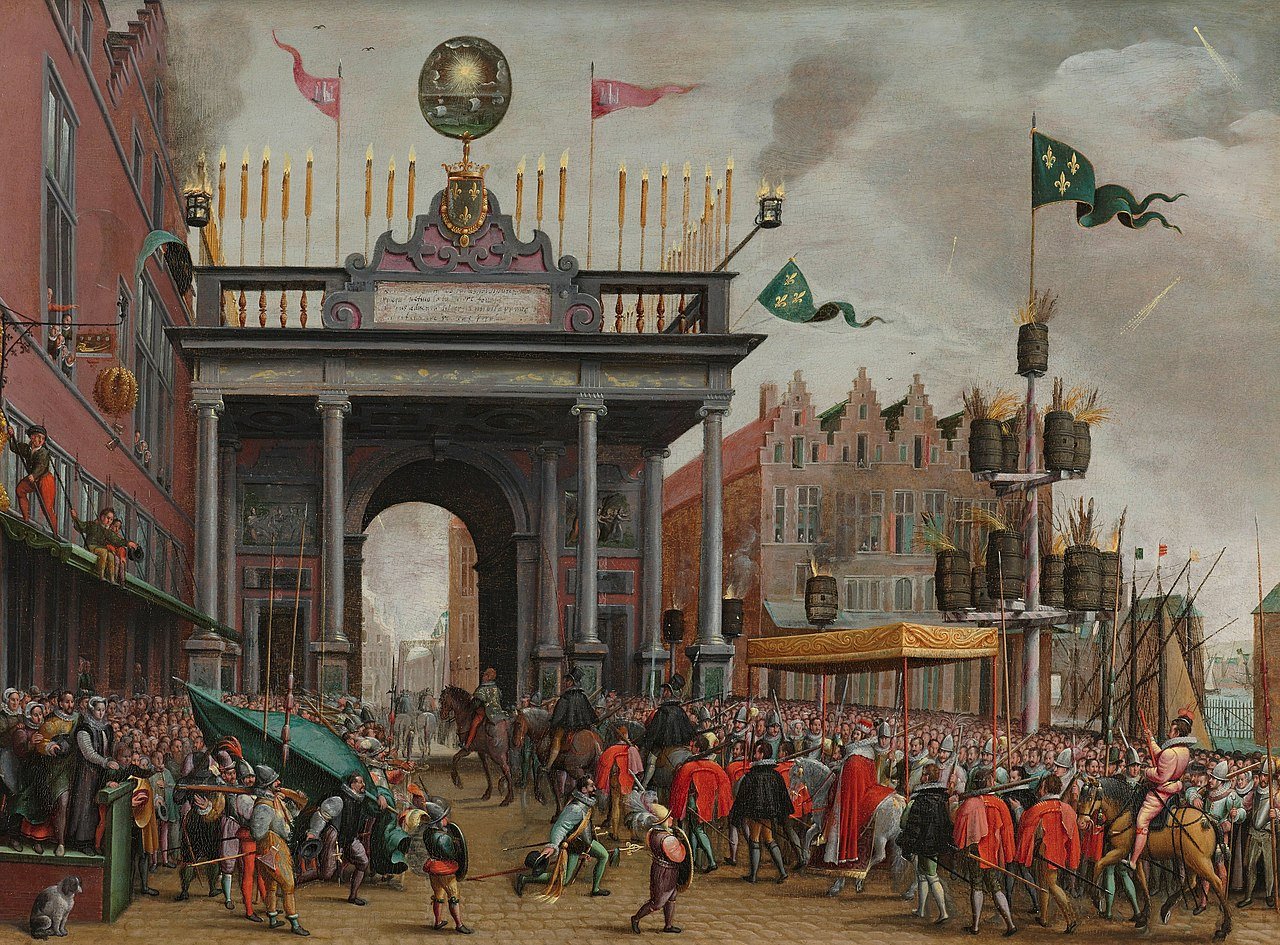
The Many Would-Be Kings of the Dutch
Thought it would come to be well known as a republic, the statesmen and soldiers that fought to establish an independent Dutch state certainly imagined – at first -that their new country would have a sovereign Prince at its head.
-
Common Names for the Low Countries
That part of Northwestern Europe forming the deltas and hinterlands of the Rhine, Meuse, and Scheldt rivers has been known by many names. And for many Americans, the term “Low Countries” itself is not well known or understood. This multiplication of terms, names, and labels has had the unfortunate side effect of confusing many would-be…
-
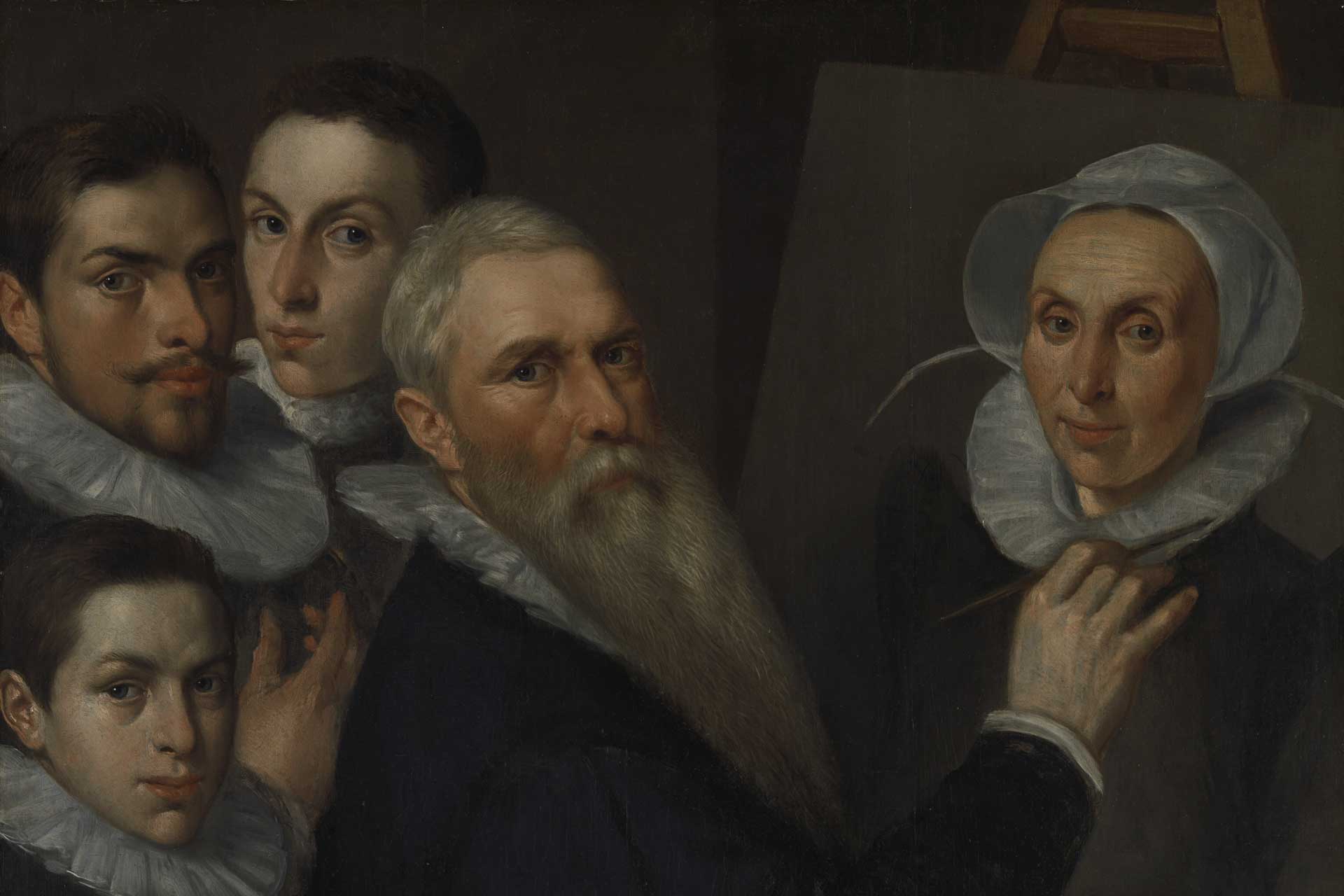
Artists, Scholars, & Cultural Figures of the Renaissance Netherlands
Though the ongoing conflict of the Dutch Revolt disrupted lives and ravaged both the urban center and rural countryside, the lively spirits of Renaissance creativity and Humanist scholarship remained present across the Low Countries.
-
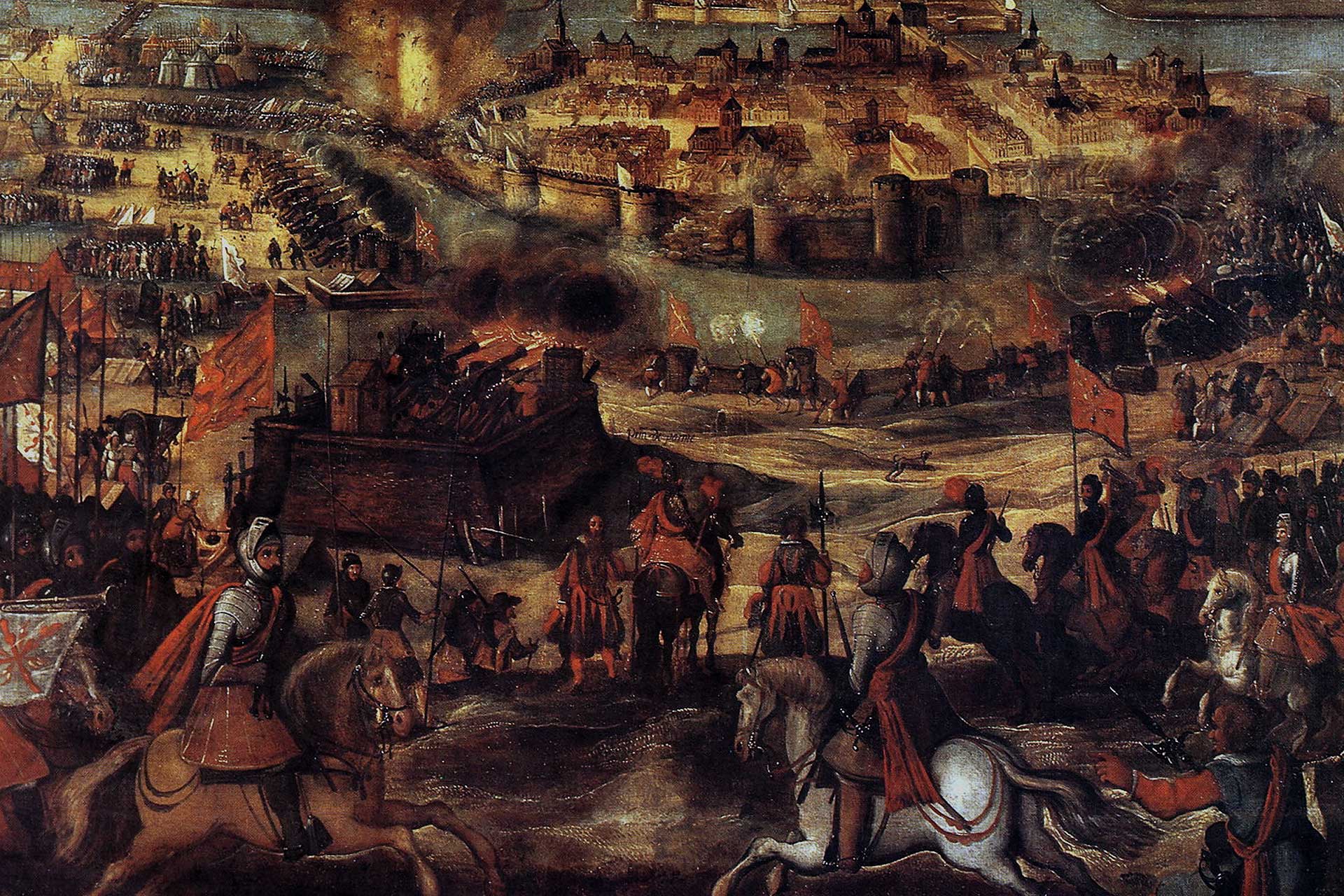
Malcontents & Royalists
The Dutch Revolt was not nearly as much an invasion by the Habsburgs as it was at first a civil war between Royalists and a small set of independently-minded provinces and cities. Among those Royalists were the “Malcontents” – former rebels whose Catholic faith brought them back to the king when the Calvinist faction rose…
-
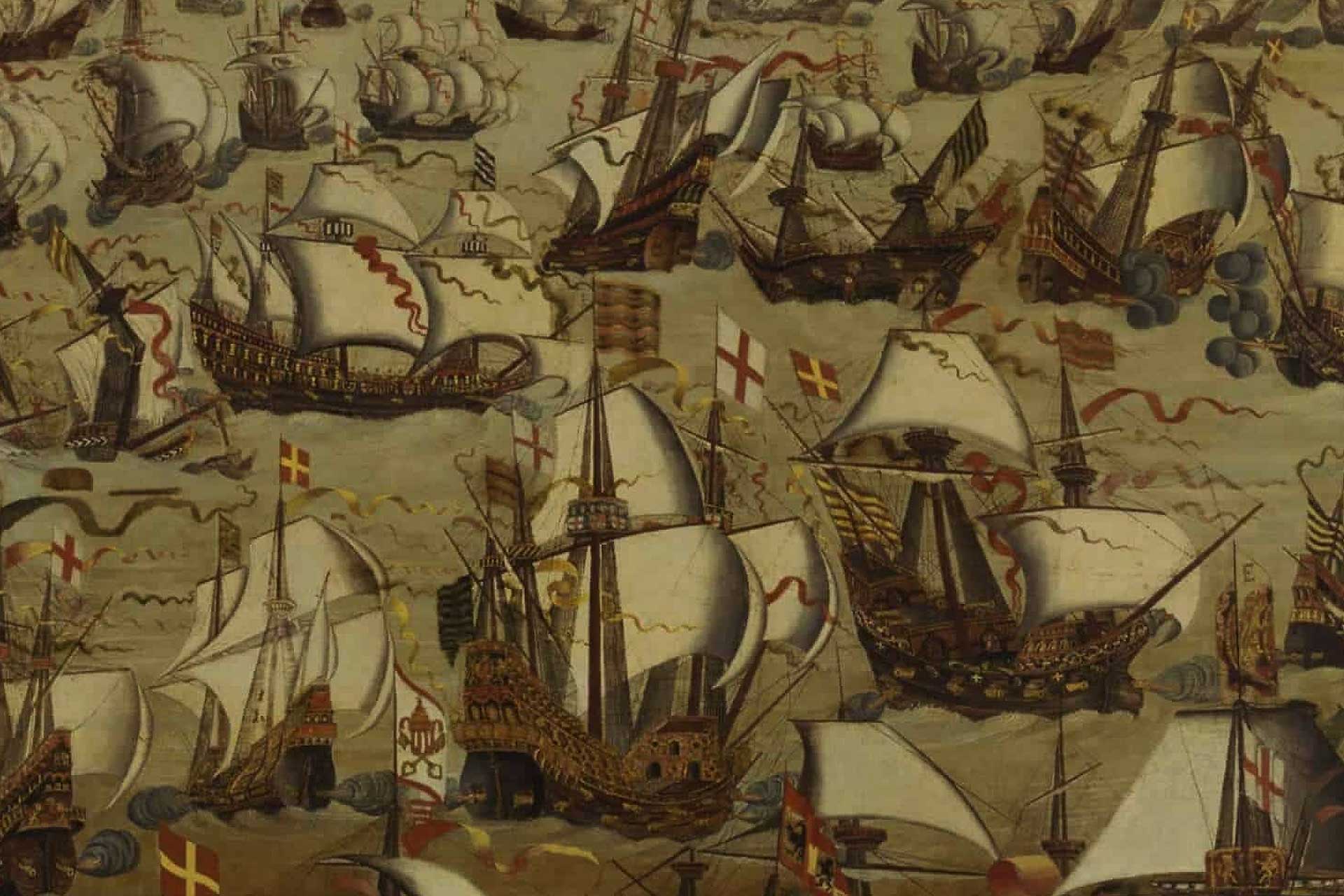
Protestant Allies of the Dutch
The Dutch rebels were able to keep up the fight against the Habsburgs and Royalists in large part due to international support from other Protestant (and moderate Catholic) powers, including the towering historical presence of Elizabeth I of England.
-
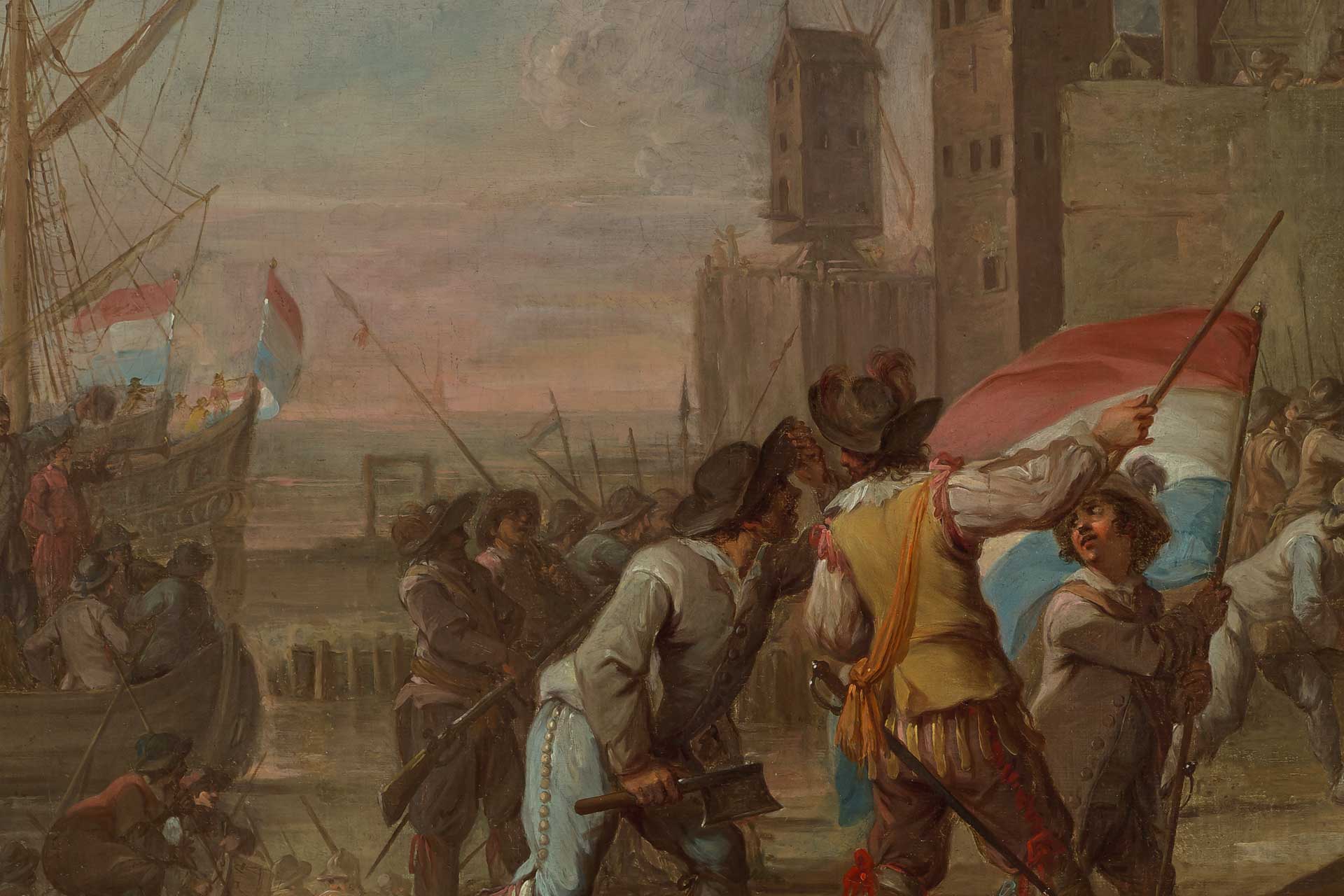
Rebel Geuzen & Dutch Statesmen
“Do not be troubled, my Lady! These are just a bunch of… beggars.” The epithet of geuzen (Dutch for “beggar”) was first hurled at noblemen protesting the policies of Philip II, but it quickly became a patriotic, highly political point of pride for the rebels who would fight to form the early Dutch Republic.